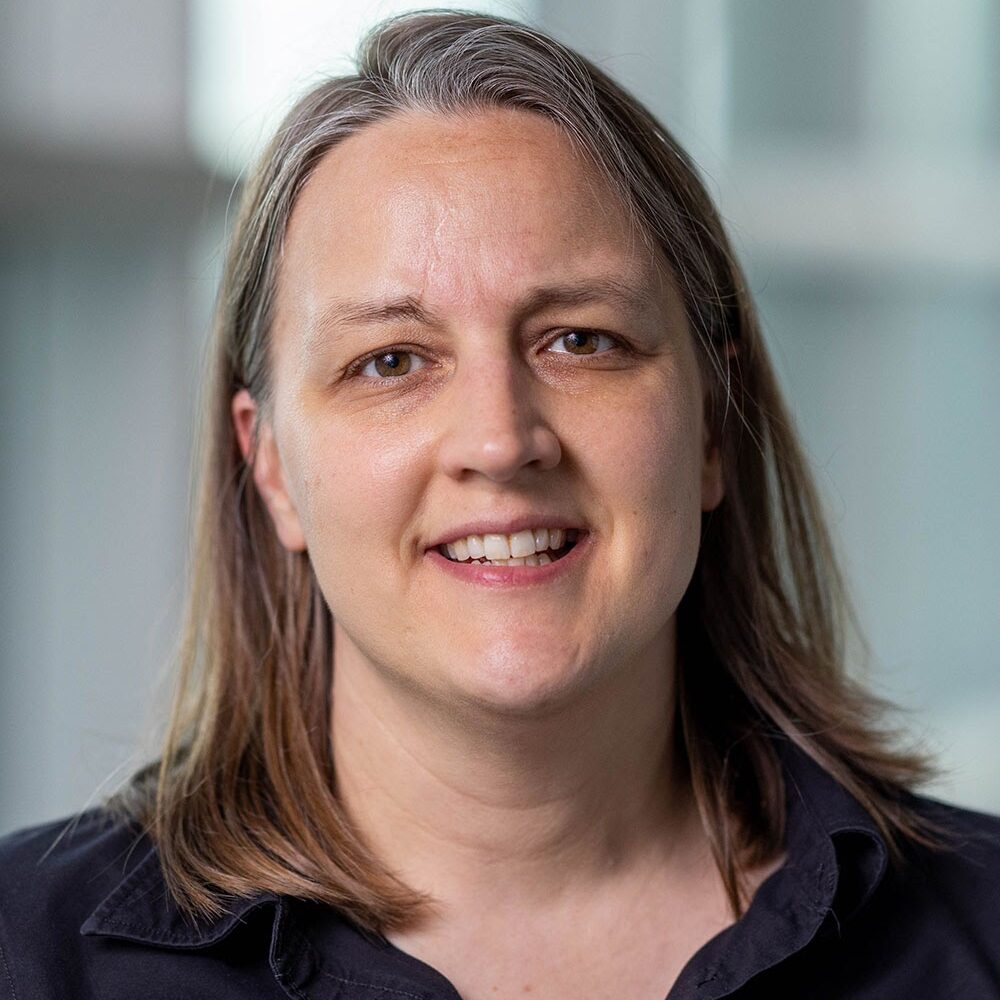
NETP Seminar Series:
Christine Grienberger, Ph.D.
Assistant Professor of Biology, Brandeis University
Time & Date: 9:00 am, April 18th, 2024
Location: NCRC B10 ARC2
Past Events
2023-2024 Academic Year
|
DATE |
SPEAKER |
TOPIC |
Notes |
| 03/07/2024 | Cameron McIntyre, Ph.D. | Duke University – Research Talk | NCRC B10 ARC2 |
| 02/15/2024 | Aysegul Gunduz, Ph.D. | University of Florida – Research Talk | NCRC B10 ARC2 |
| 12/14/2023 | Karlo Malaga, Ph.D. | Bucknell University- Research Talk | NCRC B10 ARC2 |
| 11/09/2023 | Mladen Barbic, Ph.D. | HHMI/NYU Langone Health – Research Talk | NCRC B10 ARC2 |
| 10/19/2023 | Joanna Mattis, M.D., Ph.D. | Research Talk | NCRC B10 ARC2 |
| 09/14/2023 | Wei Tong, Ph.D. | Research Talk | NCRC B10 ARC2 |
2022-2023 Academic Year
|
DATE |
SPEAKER |
TOPIC |
Notes |
| 5/15/2023 | Neural Engineering Symposium | Keynote: Jen French, Neurotech Development and Community Engagement Neurotech Network Co-Founder and Principal Consultant | Palmer Commons |
| 4/6/2023 | Nanthia Suthana, PhD. | UCLA – Research Talk | 9:00 AM NCRC B10 ARC2 |
| 2/27/2023 – 3/2/2023 | Multiple | NETP Commercialization Workshop | Details |
| 3/30/2023 | Matt McMahon, PhD. | NIH – Career Talk | 9:00 AM NCRC B10 ARC2 |
| 2/2/2023 | Layla Houshmand, PhD. | McKinsey/Boston Scientific – Career Talk | 9:00 AM NCRC B10 ARC2 |
| 1/19/2023 | Sharanya Desai, PhD. | Neuropace – Career Talk | 9:00 AM NCRC B10 ARC2 |
| 12/1/2022 | John Terry, PhD. | Neuronostics- Research and Career Talk | 9:00 AM NCRC B10 ARC2 |
| 10/21/2022 | Lee Fisher, PhD | Lunch Chat with Graduate Students | NCRC ACR2 |
| 10/20/2022 | Lee Fisher, PhD | Spinal cord stimulation to restore sensation and reduce phantom limb pain after limb amputation | EECS Room 1500 |
| 10/3/2022 | Elliott Rouse, PhD. | Neurobionics Lab: Approaches to the design and control of lower-limb exoskeletons and prostheses |
NCRC Building 10 G063/064 Hybrid |
2021-2022 Academic Year
|
DATE |
SPEAKER |
TOPIC |
Notes |
| 5/20/2022 | Neural Engineering Symposium | Keynote: Dr. Brian Litt, Penn Medicine, Director, Penn Epilepsy Center; Professor of Neurology, Bioengineering; Neurosurgery | Palmer Commons |
| 4/7/2022 | Charles H. Hubscher, PhD Prof and Chair. Anatomical Sciences & Neurobiology, University of Louisville | Understanding the circuitries and neural mechanisms underlying urinary, bowel and sexual functions | In Person |
| 2/10/2022 | Vivek Pinto, PhD Director, Division of Neuromodulation and Physical Medicine Devices at FDA | Understanding the circuitries and neural mechanisms underlying urinary, bowel and sexual functions | Virtua |
| 1/20/2022 | Kip Ludwig, PhD Assoc. Professor BME and Adj. Neurological Surgery, University of Wisconsin | Bioelectric Medicines, clinical neuromodulation therapies Career Talk follows | Virtual |
| 12/9/2021 | Jen Collinger, PhD, Assoc. Professor, Physical Medicine and Rehab, University of Pittsburgh | Neuroprosthetics for Upper Body and developing intracortical brain-computer interface technology | Virtual |
| 12/7/2021 | Mihaly Voroslakos, PhD, Research Fellow, Neuroscience Inst., NYU | Transcranial Electrical Stimulation (TES), neuromodulation research in rats and humans | Live, Johnson Rooms, Virtual |
| 11/11/2021 | Erika Ross, PhD, Director, Applied Research, Abbott Neuromodulation | Non-invasive neuro-modulation solutions for treating essential tremors | Journal Club NCRC B10-ACR2 |
| 11/9/2021 | Jerrold Vitek, MD, Professor, Dept. Head, Neurology, University of Minnesota | Translational research in neuromodulation therapies (BioInterface Institute Seminar) | Virtual |
| 10/21/2021 |
Amy L. Orsborn, PhD, Asst. Professor, University of Washington |
Shaping and optimizing learning in brain-machine interfaces |
NCRC Research Auditorium |
|
8/19/2021 |
Zhongming Liu, PhD, Assoc. Professor, BME, University of Michigan |
Integrated Brain Imaging |
Virtual Event. |
| 8/12/2021 |
X. Tracy Cui, PhD, Professor, University of Pittsburgh |
Smart biomaterials and neural tissue /biomaterial interface |
Virtual Event. |
